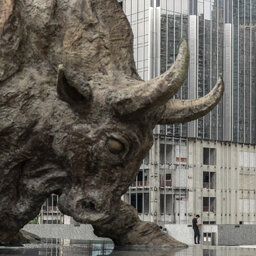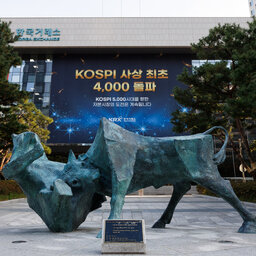Navigating Art Market Pitfalls With a Citi Adviser
A duct-taped banana, a glass-encased tiger shark, a three-meter balloon dog – all selling for millions of dollars. For centuries, people have invested in art and their creators, with modern investors adding these “alternative assets” to portfolios.
But global art auction turnover fell by about a third to $9.9 billion last year, according to Artmarket. It's also an increasingly tricky industry to navigate, with many sales private and some high risk, and scams not uncommon. So what are the wealthy buying these days, how safe are these investments, and what should they expect in terms of return?
John Lee and Katia Dmitrieva sit down with Betsy Bickar, senior art adviser at Citi Wealth’s art advisory unit. The episode was recorded on March 25, prior to Art Basel Hong Kong, part of the city’s Art Week.
 Asia Centric by Bloomberg Intelligence
Asia Centric by Bloomberg Intelligence


